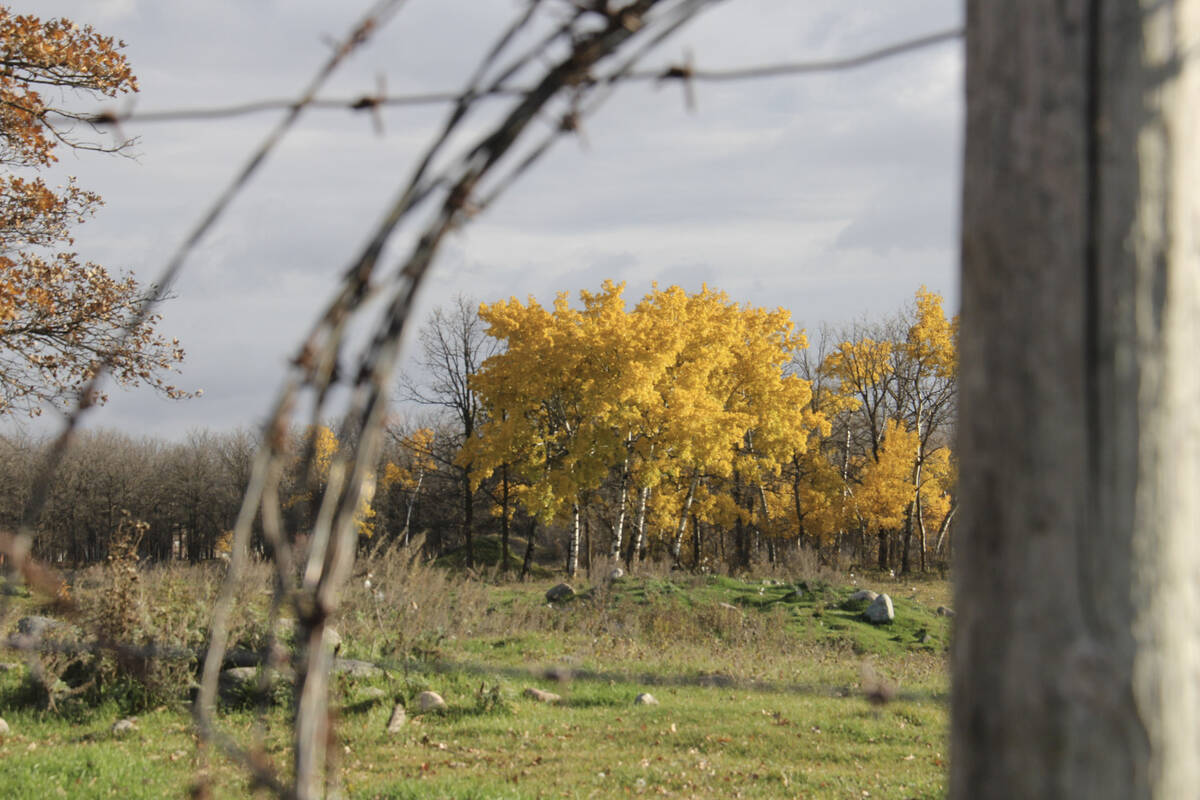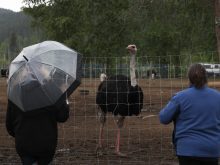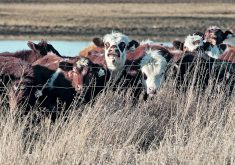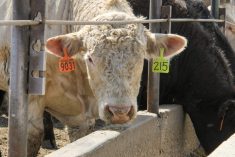North America’s latest round of highly pathogenic avian influenza outbreaks has now made its way from one end of Canada clear to the other.
The Canadian Food Inspection Agency on Tuesday confirmed Canada’s westernmost case ever of high-path avian flu in domestic birds, finding an H5N1 virus in a small-scale poultry flock in the Regional District of Comox Valley, on the eastern side of Vancouver Island.
The infected premises is now under CFIA quarantine and the provincial agriculture ministry has notified producers within a 12-km radius of the positive test results, the province said in a release Wednesday.
Read Also

Prairie forecast: A temperature rollercoaster and the possibility of snow
Prairie forecast covering October 8 to 15, 2025. The Prairies may be in for a prolonged battle between warm and cold air before winter sets in. This could bring lots of rain or snow.
The Comox-area outbreak isn’t the only one in domestic B.C. birds since our last report on this website. CFIA on May 3 and 4 confirmed high-path avian flu in two small flocks in the Regional District of Central Okanagan. Of those two, one is deemed “poultry” and one “non-poultry,” as per the World Organization for Animal Health (OIE) criteria for classifying countries as free or not free of avian flu.
Another small “non-poultry” flock in the Regional District of North Okanagan was also confirmed with the virus May 4.
Other outbreaks in Canadian domestic birds since our last report were in:
Alberta: a commercial poultry flock in Newell County, in the Brooks area, confirmed May 4; two small “non-poultry” flocks in Foothills County and the County of Two Hills, both confirmed Wednesday; and a commercial poultry flock, also in the County of Two Hills, also confirmed Wednesday;
Ontario: two commercial poultry flocks in the Regional Municipality of York, on May 6 and 10 respectively; and
Saskatchewan: a commercial poultry flock in the RM of Baildon, south of Moose Jaw, confirmed May 4; and a small “non-poultry” flock in the RM of Aberdeen, northeast of Saskatoon, on Wednesday.
The new findings bring Canada’s total outbreaks in flocks classified as “poultry” by the OIE — whether in commercial-level or small flocks — to 67 so far this year across eight provinces, including 24 in Ontario; 21 in Alberta; seven in Saskatchewan; six in Quebec; five in B.C.; two in Nova Scotia; and one each in Manitoba and New Brunswick.
CFIA on Thursday put the number of domestic birds so far affected in the current run of outbreaks — both poultry and non-poultry — at 1,822,500. Of those, about 937,000, or just over half, were in Alberta, followed by about 470,000 in Ontario.
Further south, meanwhile, the U.S. Department of Agriculture as of Friday has confirmed cases in 176 commercial and 134 backyard flocks with 37.72 million birds affected across 34 states, including Alaska and all northern-tier states along the Canada-U.S. border. Washington and Oregon were the most recent states to confirm cases, on May 6.
Extending bans, extending credit
Avian flu’s spread has led Saskatchewan to extend a temporary ban it imposed last month which prohibits transporting or entering birds in shows, auctions, agricultural fairs or other events that would otherwise bring birds from multiple locations together. That ban, which was due to expire Saturday, is now in effect until June 14 at the earliest.
The B.C. government on Wednesday also announced that a separate general order, requiring commercial poultry producers with 100 or more birds to keep those birds indoors, has now been extended until June 13.
B.C.’s new cases come up as the province restarts testing services for avian flu and other diseases at its Animal Health Centre at Abbotsford. The centre is still operating on “limited services” as it’s in the midst of repairing and replacing equipment damaged in floods in that region in November.
The centre said it has resumed PCR testing for avian flu effective April 29, after CFIA recertified the lab. The centre will be taking only swab samples for avian flu PCR testing, however, and is not accepting submissions of blood samples, nor of live or whole birds, including chicks.
Federal lending agency Farm Credit Canada, meanwhile, announced Friday it will be working with customers who are up against “financial hardship due to the impact of avian influenza.”
FCC said it’s prepared to help customer poultry operations directly affected either by the disease or by movement restrictions placed on nearby farms, either of which “could potentially lead to cash flow problems.”
The lender said it will consider “additional short-term credit options” for affected farms as well as deferral of principal payments on loans and/or other payment schedule amendments, or a “combination of options based on the individual needs of its customers.” –– Glacier FarmMedia Network
















